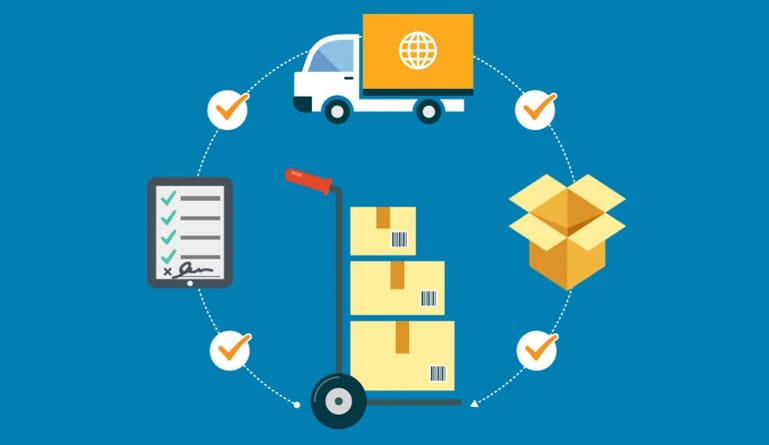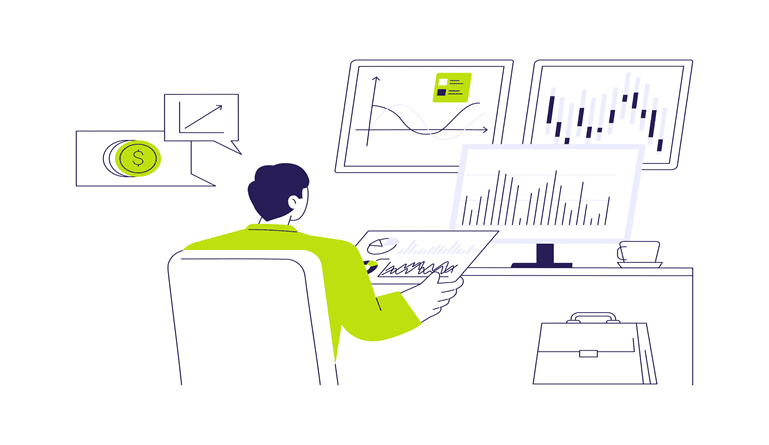While the Board of Directors is striving hard to add value to their shareholders, CFOs are busy optimizing exercises across all functions. A part of this optimization includes procurement, since one of a CFO’s primary objectives is to improve their companies’ operational performance.
The procurement department has a diversified set of activities in terms of interactions with other departments across the entire organization. These days, CFOs are not hesitant to partner with external procurement experts who help in achieving profitability and reduce costs.
According to research by Aberdeen’s Research Group, the best procurement teams achieve 13% cost savings.
When you streamline the procurement process, it can produce impactful results, particularly around vendor qualification data, addition of new vendors, standardization of contracts, and easing the requisition process. This expedites the quote-to-procure cycle.
Procurement processes need to be evaluated on merits. It is not necessary that the vendor with
the lowest cost and one who has faster turnaround time in responding.
A critical element that finance experts may have missed is integrating the procurement process vertically. This creates difficulty in the purchasing process and all activities around it. Other factors that are matters of concern are the safety of SCM and international trade agreements. However, the absence of integration makes it the perfect platform for a cloud solution.
Today, many organizations want to improve the visibility of their systems across the organization, be it Finance, Human Resources, or other critical functions. They need that data for budgeting and forecasting accuracy. There are also organizations exploring ways to adopt cloud technology. However, procurement is a function that can easily leverage cloud technology and provide a model for other functions. They can even jointly exist with on-premise solutions.
Having a cloud-based procurement solution provides a cross-departmental data across finance, inventory and transportation. This data can be analyzed to improve collaboration and enhance productivity. Cloud-based systems bring in significant savings, thanks to price-efficient models that handle the cost of acquisitions.
There is a strong relationship between a company’s financial health, the performance of their procurement functions. What was earlier a process on monitoring and facilitating, is now a part of strategic decisions. As processes and technologies are becoming more sophisticated, procurement functions will be more involved in operational performance, as well as strategic discussions.
Want to know how the supply chain can affect your company’s financial forecasting? Click on the link below to watch a quick video and to download the whitepaper How to Conduct Better Financial Forecasting with the Supply Chain.




